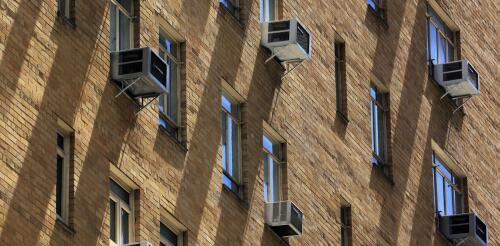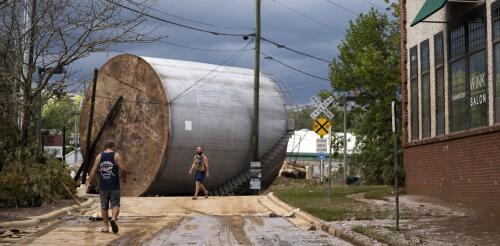Toxic
This article is part of a collaboration with Boulder Reporting Lab, The Center for Environmental Journalism at the University of Colorado Boulder, KUNC public radio and The Conversation U.S. to explore the impacts of the devastating Marshall Fire one year after the blaze. The series can be found at the Boulder Reporting Lab. On Dec. 30, 2021, one of the most destructive wildfires on record in Colorado swept through neighborhoods just a few miles from our offices at the University of Colorado Boulder. The flames destroyed over 1,000 buildings, yet when we drove through the affected neighborhoods, some houses were still completely intact right next to homes where nothing was left to burn. Although the people who lived in these still-standing homes were spared the loss of everything they owned, when they returned after the fire, they found another disaster. Noxious smells and ash on their windowsills and doorways initially made their homes unlivable – and potentially hazardo...
The U.S. Senate voted to ratify an international treaty on Sept. 21, 2022, agreeing to phase out a class of climate-warming chemicals that are widely used as coolants in refrigerators, air conditioners and heat pumps. If you’re getting a sense of déjà vu, don’t be surprised. These chemicals, called hydrofluorocarbons, or HFCs, were commercialized in the 1990s as a replacement for earlier refrigerants that were based on chlorofluorocarbons, or CFCs. CFCs were destroying the ozone layer high in the Earth’s atmosphere, which is essential for protecting life from the Sun’s harmful ultraviolet radiation. HFCs are less harmful than CFCs, but they create another problem – they have a strong heat-trapping effect that is contributing to global warming. If HFCs can be phased down globally – as many countries have agreed to do under the 2016 Kigali Amendment to the Montreal Protocol, the treaty just ratified by the U.S. Senate on a bipartisan...
Hundreds of industrial facilities with toxic pollutants are in Hurricane Milton’s path as it heads toward Florida, less than two weeks after Hurricane Helene flooded communities across the Southeast. Milton, expected to make landfall as a major hurricane late on Oct. 9, is bearing down on boat and spa factories along Florida’s west-central coast, along with the rubber, plastics and fiberglass manufacturers that supply them. Many of these facilities use tens of thousands of registered contaminants each year, including toluene, styrene and other chemicals known to have adverse effects on the central nervous system with prolonged exposure. Farther inland, hundreds more manufacturers that use and house hazardous chemicals onsite lie along the Interstate 4 and Interstate 75 corridors and their feeder roads. And many are in the path of the storm’s intense winds and heavy rainfall. Black dots indicate facilities in EPA’s...


